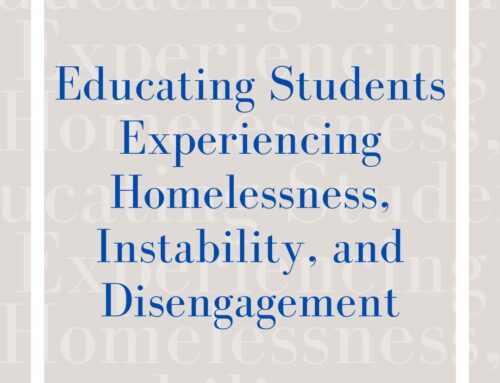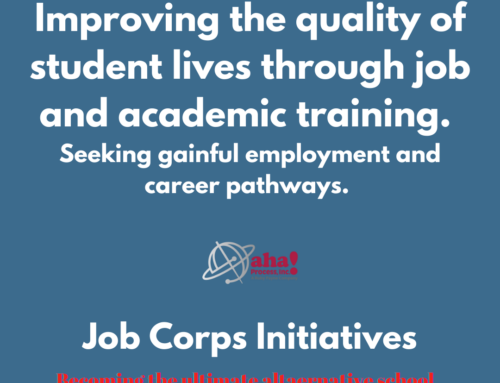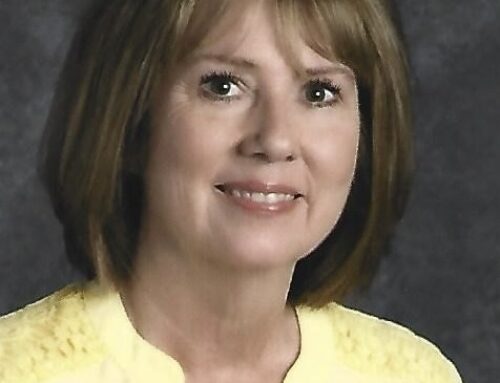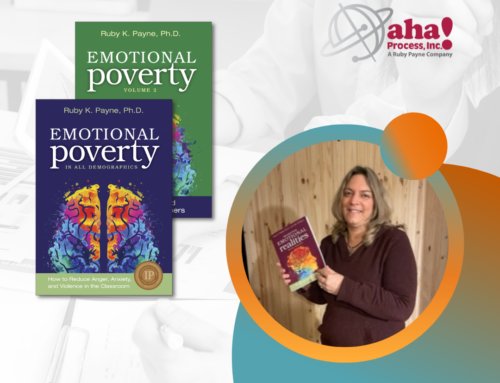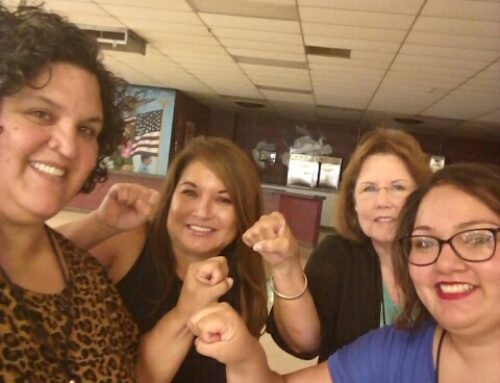During my 16 years of teaching in a college classroom, I have had many opportunities to wonder, “What would work better with a particular group of students?” Often, I would assume the content and strategy I was using had to be good because the research suggested what I was doing would work. My strategies seemed sound, but they sometimes failed to engage and produce the outcomes I felt my efforts would guarantee. I now know my failure was in not taking steps aimed at gaining an understanding of what may be the best way to engage my students’ brains. Sometimes I feel this leaves my colleagues and me in a place where we are unsure of the best course. Students’ learning styles and our ability as teachers to determine the needs of the students’ brain to connect new information sometimes creates a new opportunity for critical thinking in our teaching strategies. It may be especially challenging for new teachers who are trying to apply what they learned in their college classrooms, practicums, and student teaching experiences, but find there is little strategic fit.
Benjamin Bloom, in 1956, gave educators a taxonomy. Revised in the 1990s for 21st century learners, it became the current updated model. The newest version suggests creating, evaluating, analyzing, applying, understanding and remembering, fulfill the need of the three cognitive domains of knowledge, affect (attitude), and psychomotor (skills). Bloom gave us a strategic framework for outcomes, which has served educators well for these many years. However, it would seem we might need to develop new methods in which teachers can become strategic, more of a “new box” of strategies, than merely thinking out of the old one when meeting the needs of students within each domain. Questions I ask myself when beginning a new class include, “I wonder if I have adequately prepared to teach my students in a manner best fitting their cognitive needs. How will I know what is not working without formally assessing them?” Once I feel more secure about making changes in my teaching strategies, I wonder how will I develop new ideas, which may better engage their brains for learning, what will be the next formative step, and how will I get there.
I may say to a student they must believe in themselves, and find myself applying my wisdom to my own teaching strategies. Learners and teachers may agree believing in success is the “first step.” This belief can set the stage for a positive mental state of the students. It seems a logical question to ask, if I am ready to teach, are their brains ready to learn, and in the manner in which I plan to present the content material? Do the students appear positive and hopeful about their learning? The classroom teacher, as the front line of defense to students’ negative thinking has a tremendous opportunity to influence their student metacognitive states (reflectively thinking about what they are thinking), consequently empowering success. Additionally, those students in career education who often are first-time college goers in their families may not have acquired the necessary skills in strategic search and planning, or the need for good nutritional habits required for successfully navigating the rigors in a new independent environment, such as post-secondary education. These extrinsic variables are also part of the sum of factors, which we might consider when determining learning preparedness.
The paramount question, for which I know no perfect all-encompassing answer, is how we may reach students to use appropriate engagement strategies, not in the manner I choose, but in the development of the most learning – prescriptive, teaching – best practices, and student – focused readiness state-of-mind possible. Many students come to us lacking basic skills and the self-confidence to admit to themselves they are sorely prepared for the academic rigors of post-secondary education. It seems, often in the case of first time college goers, there is little support structure or understanding of their needs by family members and peers. Students, who have potential, yet are hampered in their learning in these many areas of deficiency, struggle continually in competitive academic environments.
Colleges of education will need to become highly proactive in teacher training strategies far beyond the scope of standard practices to engage the brains of learners and promote a new dynamic focus on the learning styles of 21st century brains and the external influences affecting them. Possibly, such actions may lay a new foundation to meet the diverse needs of students’ brains and simultaneously create a “new box” of learning strategies for classroom teachers.
Douglas Stewart holds an M.S.Ed. in Brain-based Learning, and an ED.D. in Learning Organizations and Strategic Change. He currently works with first-generation college students in career education and teaches in a private college. Dr. Stewart has worked extensively in the areas of student engagement, retention and counseling students regarding their persistence to college graduation.


